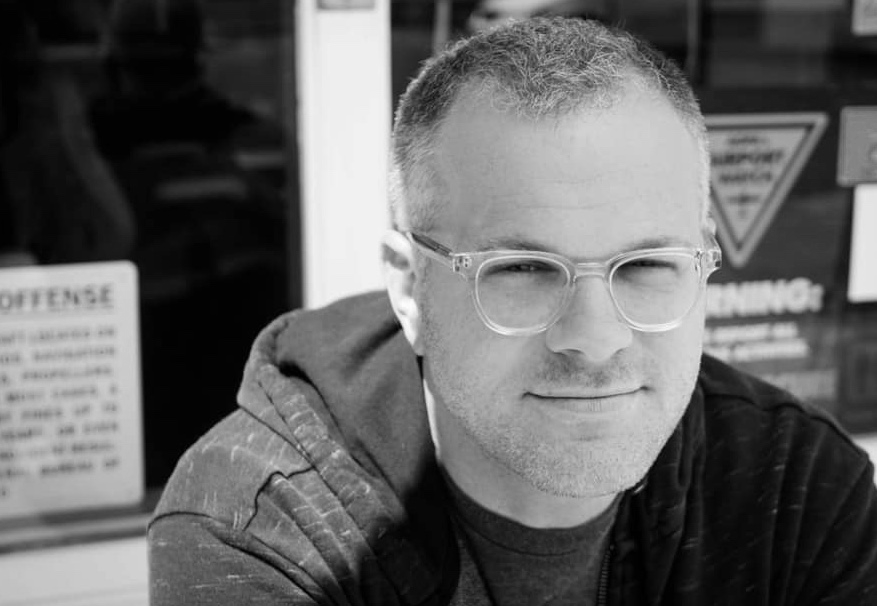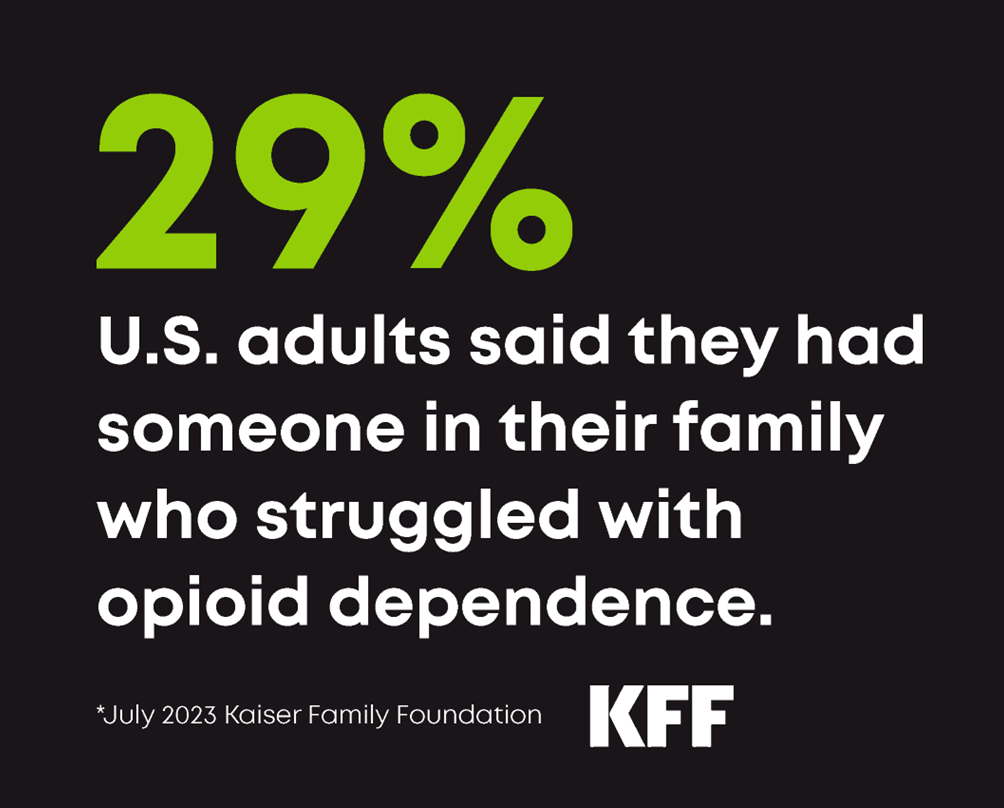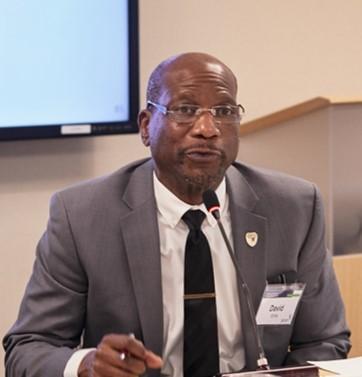
By KIM BELLARD
Congratulations, America. We have another new record, albeit a dismal one. According to the Department of Housing and Urban Development (HUD), there are now 653,000 homeless people, up 12% from the prior year. As one can imagine, compiling such a number is problematic at best, and no doubt misses a non-trivial number of such unfortunate people.
“Homelessness is solvable and should not exist in the United States,” said HUD Secretary Marcia L. Fudge. Well, yeah, like kids without enough food, pregnant women without access to adequate prenatal care, or people without health insurance, yet here we are.
HUD says that the increase was driven by people who became for the first time, up some 25%. It attributes this to “a combination of factors, including but not limited to, the recent changes in the rental housing market and the winding down of pandemic protections and programs focused on preventing evictions and housing loss.” As with the recent increase in child poverty, the lessons that we should have learn from our COVID response didn’t survive our willingness to put the pandemic behind us.
Jeff Olivet, executive director of the U.S. Interagency Council on Homelessness, told AP: “The most significant causes are the shortage of affordable homes and the high cost of housing that have left many Americans living paycheck to paycheck and one crisis away from homelessness.” The National Low Income Housing Coalition estimates we’re missing some 7 million affordable housing units, so I suppose we should be relived there are “only” 653,000 homeless people.
“For those on the frontlines of this crisis, it’s not surprising,” Ann Oliva, CEO of the National Alliance to End Homelessness, also told AP. Indeed, we’ve all seen news accounts of homeless encampments spreading seemingly out of control, many of us have spotted homeless people as we go about our daily lives, and yet most of us don’t want either homeless people or low income housing units in our neighborhoods.
Continue reading…















